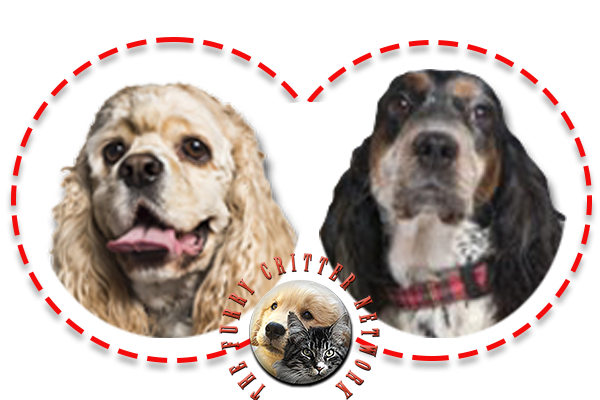Behavior
Cockers are compassionate, determined, kind, intelligent, athletic, alert and resilient and make great family pets. The breed does not like being alone, and will bond strongly to an individual person in a family, usually the one who feeds it. Known for optimism, intelligence and adaptability, the breed is extremely loyal and affectionate. The English Cocker Spaniel has a cheerful nature. They rank 18th in Stanley Coren's The Intelligence of Dogs, being of excellent working/obedience intelligence. Due to the breed's happy disposition and continuously wagging tail, it has been given the nickname "merry cocker". They can also be dominant but loyal to their companion.
With a good level of socialisation at an early age, Cocker Spaniels can get along well with people, children, other dogs and other pets. This breed seems to have a perpetually wagging tail and prefers to be around people; it is not best suited to the backyard alone. Cockers can be easily stressed by loud noises and by rough treatment or handling. When trained with a soft hand and plentiful rewards, the Cocker Spaniel will be an obedient and loving companion with a happy, cheerful nature.
He can live in an apartment, but long, daily walks are necessary. He requires brushing and combing twice weekly and grooming twice or three times per year. His ears must be checked regularly. Hunting dog. Companion dog.
Health
Common health issues with English Cockers are bite problems, skin allergies, shyness, cataracts, deafness (affecting 6.3% of the dogs of this breed[27]), aggression towards other dogs, and benign tumours.
Some uncommon health issues that can also have an effect on English Cocker Spaniels include canine hip dysplasia, patellar luxation, canine dilated cardiomyopathy, and heart murmurs. Hip dysplasia is an abnormal formation of the hip joint which is the most common cause of canine arthritis in the hips. Patellar Lunation, also known as luxating patella, refers to the dislocation of the kneecap. Canine dilated cardiomyopathy is an adult onset condition which occurs when the heart muscle is weak and does not contract properly. It can lead to congestive heart failure, which is where fluid accumulates in the lungs, chest, abdominal cavities, or under the skin. Dilated cardiomyopathy is often accompanied by abnormal heart rhythms, or arrhythmias which can complicate treatment. Cocker Spaniels can present with a nutritional form of dilated cardiomyopathy that is associated with low blood concentrations of the amino acid taurine. This form of dilated cardiomyopathy is in many cases reversible if the dog receives taurine supplementation.






